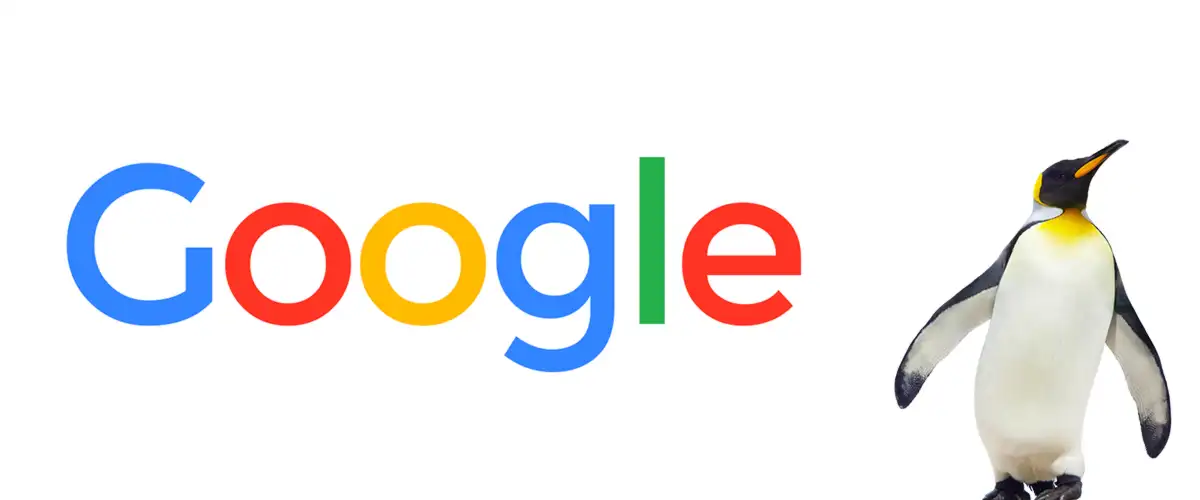After a couple of years waiting, Google has finally released its last Penguin algorithm update. It has some significant differences and changes from the previous versions and this will be the last time Google confirms a Penguin update again, since it is now a real time algorithm, a constant process.
What is Penguin?
Google launched the Penguin update in April 2012 to better detect sites spamming the search results; in particular those doing so by buying links or obtaining them through link networks, which are built primarily to boost Google rankings. Basically, with Penguin, bad links became ‘toxic’, requiring a link audit and removal of low quality links.
What are the main changes brought by Penguin 4.0?
In a recent blogpost, Google presented its last update with all the new features. Let’s summarise the most important changes:
- Penguin is now part of the core algorithm. This update brings Penguin to join Panda as part of Google’s core ranking algorithm, penalising websites that use various black-hat link schemes to manipulate search rankings. This won’t have any different impact on the search results visible to searchers.
- Penguin is now real-time. Penguin 4.0 is also a live, real time update. It means that data is refreshed in real time, so site owners will no longer need to wait for a Penguin update or refresh. Any changes will be made as soon as the affected page has been re-indexed or re-crawled. Pages will be caught and penalised or freed by Penguin as part of this regular process.
- Penguin is now more granular. Penguin now devalues spam by adjusting ranking based on spam signals, rather than affecting ranking of the whole site. Any penalties will be delivered to a specific page rather than an entire domain.
What should you do?
It may seem obvious, but avoiding link spam is now even more important. Focus on well-researched and useful content. When building links to your site, always remember, quality matters more than quantity. Review our white paper about 10 factors to consider when building links and use these best practices when building links.
Look at your existing content and make sure none of it is breaking Google’s rules. This is the minimum needed to not get banned, but it’s not going to ensure you rank well. Links need to be varied, content needs to be represented on various domains and with good reputation signals. Think about whether your content adds real value to your site. Do your customers respond well to it? Are they engaging with it?
Get in touch with us if you need help recovering from a hit, or if you need help building good quality links to prevent being hit in the future.








